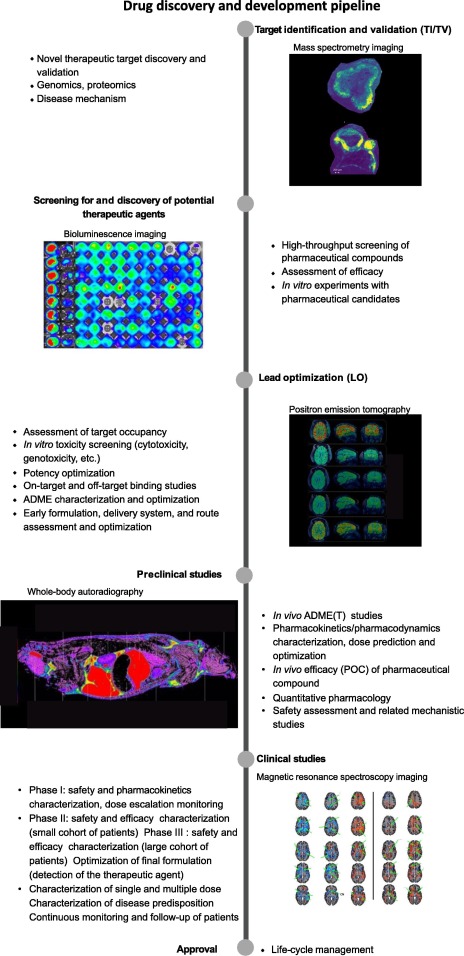New Drugs for the Efferocytosis Process
In healthy human body, cell death and cellular turnover are fundamental factor and approximately 200–300 billion cells are turned over daily via apoptosis process. This apoptotic process controls the routine tissue homeostasis, embryonic development, wound healing and inflammation resolution in various tissues. As for example, the major immune cells, such as neutrophils, have a short lifespan (~24 h). More than 100 billion neutrophils are turned over in human body daily (Mehrotra and Ravichandran, 2022). There are different types of cells which undergo apoptosis after completing their activity. There are also other types of cell death such as necroptosis, pyroptosis and ferroptosis (Mehrotra and Ravichandran, 2022).
Although the large numbers of apoptotic cells are being generated routinely, they are hardly observable in tissues in vivo (Mehrotra and Ravichandran, 2022). The efferocytosis process removes the billions of apoptotic cells in the human body daily, which is essential for homeostasis. The removal of apoptotic cells by efferocytosis process provides some other benefits, such as preventing toxicity and inflammation from apoptotic cells. Besides these, if these apoptotic cells are not removed clearly, they can cause atherosclerosis, ageing-associated inflammation, cancer and infections. New drugs can be developed targeting the various steps in efferocytosis process due to the relevance of this process to diverse physiological and pathological outcomes and the beneficial anti-inflammatory aspects (Mehrotra and Ravichandran, 2022). Some drugs are now already in clinical trials.
Reference
Mehrotra P., Ravichandran K.S., 2022. Drugging the efferocytosis process: concepts and opportunities. Nat Rev Drug Discov 21, 601–620.
Drug discovery and development by use of multimodal molecular imaging
Dr Md Anawar Hossain
Drug discovery and development process
The drug discovery and development processes can be both time-consuming and costly. It generally takes 12 years from the discovery of a new molecular entity to regulatory approval before a drug enters the market (Vermeulen et al., 2022). Despite the high investment, sometimes some drug candidates do not reach the market. Therefore, the acceleration of drug development process is very important for the pharmaceutical industry.
What is multimodal imaging technique and its uses?
It is not only an individual imaging technique. It is the combination and integration of several imaging techniques which can provide large amounts of anatomical, functional, and molecular information in order to enhance drug discovery and development processes. The combination of these techniques helps to elucidate the mechanism of disease, discover new pharmacological targets, and assess new potential drug candidates and treatment response.
Multimodal imaging technique can help in various phases of the drug discovery and development (Fig 1). Multimodal imaging can provide additional spatial or molecular information. It helps informed decision-making and accelerate the drug discovery and development. Many compounds may have the undesirable properties in terms of their potency, pharmacokinetics or safety and these compounds can be eliminated earlier, which will reduce costs significantly in later phases. Therefore, Vermeulen et al. (2022) reviewed the recent innovations, strengths, and the potential of imaging techniques and their multimodal application in preclinical research. They also reviewed how pharmaceutical research and development processes can be accelerated with artificial intelligence (AI) and radiomics applied to imaging data. Several significant benefits of multimodal imaging technique are discussed below:
1. Molecular imaging uses both targeted and untargeted approaches to image molecules at the cellular and subcellular level. Targeted approaches make an image of a specific drug molecule (e.g., distribution or metabolism) or a specific target (e.g., target occupancy).
2. This Imaging techniques can produce maps of known or unknown exogenous and/or endogenous compounds in the region of interest.
3. Different imaging modalities can be applied in pharmaceutical research to provide information about tissue pharmacokinetics, drug pharmacodynamics, and response of endogenous molecules (metabolites, lipids, and proteins) to the disease and the treatment.

References
Vermeulen I., Isin E.M., Barton P., Cillero-Pastor B., Heeren R.M.A., 2022. Multimodal molecular imaging in drug discovery and development. Drug Discovery Today, Vol. 27, Issue 8, Pages 2086-2099.
